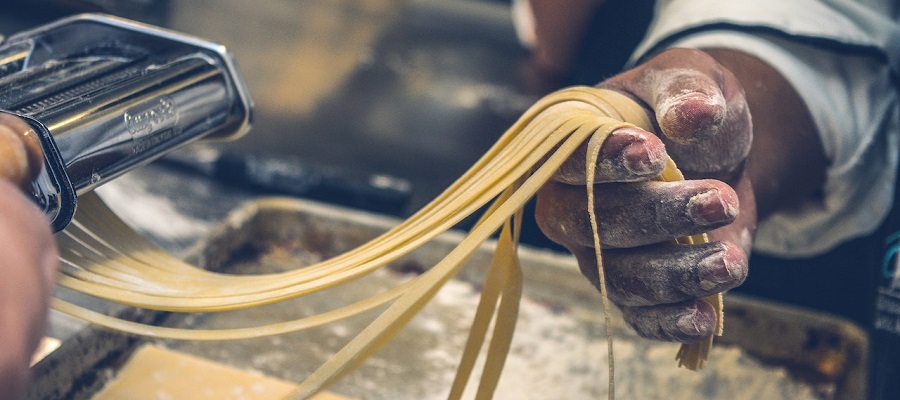Culture plays a significant role in shaping the food habits and preferences of people. Different cultures have their own unique cuisines, cooking techniques, and ingredients, which are often influenced by historical, geographical, and societal factors.
For example, a culture with a long tradition of agriculture and farming is more likely to have a diet that is rich in locally grown and seasonal produce. A culture with a long tradition of trade and commerce may have a more diverse and cosmopolitan cuisine, with ingredients and dishes from a wide range of regions and countries.
Cultural practices and customs can also influence the types of food that are consumed and the way that food is prepared and served. For example, in some cultures, it is customary to eat with utensils, while in others it is common to eat with the hands. In some cultures, it is customary to serve food communally, while in others it is common to serve individual portions.
Cultural traditions and rituals can also play a role in shaping food habits. For example, certain foods may be associated with specific holidays or celebrations, and are only consumed on those occasions.
Overall, the culture in which a person grows up and lives can have a profound impact on their food habits and preferences.
Examples of different cultures and their unique cuisines
Here are some examples of different cultures and their unique cuisines, cooking techniques, and ingredients:
-
Chinese culture: Chinese cuisine is characterized by the use of rice, noodles, and a wide variety of vegetables and meats. It is known for its use of flavorful sauces and spices, as well as its emphasis on balance and harmony in the selection and combination of ingredients. Some popular Chinese dishes include stir-fries, dumplings, and soups.
-
Italian culture: Italian cuisine is characterized by the use of pasta, pizza, and a wide variety of fresh, seasonal ingredients. It is known for its emphasis on simplicity and the use of high-quality ingredients, such as olive oil, tomatoes, and garlic. Some popular Italian dishes include spaghetti, lasagna, and risotto.
-
Mexican culture: Mexican cuisine is characterized by the use of corn, beans, and a wide variety of spices and herbs. It is known for its emphasis on bold flavors and the use of ingredients such as chilies, avocado, and cilantro. Some popular Mexican dishes include tacos, burritos, and enchiladas.
-
French culture: French cuisine is characterized by the use of a wide variety of meats, cheeses, and fresh, seasonal ingredients. It is known for its emphasis on presentation and the use of rich, flavorful sauces. Some popular French dishes include croissants, quiche, and coq au vin.
-
Indian culture: Indian cuisine is characterized by the use of a wide variety of spices and herbs, as well as a diverse range of vegetables and meats. It is known for its use of flavorful curries and the employment of techniques such as marinating and tandoor cooking. Some popular Indian dishes include curry, biryani, and naan.
These are just a few examples of the many different cultures and cuisines that exist around the world. Each culture has its own unique traditions and practices that shape its


